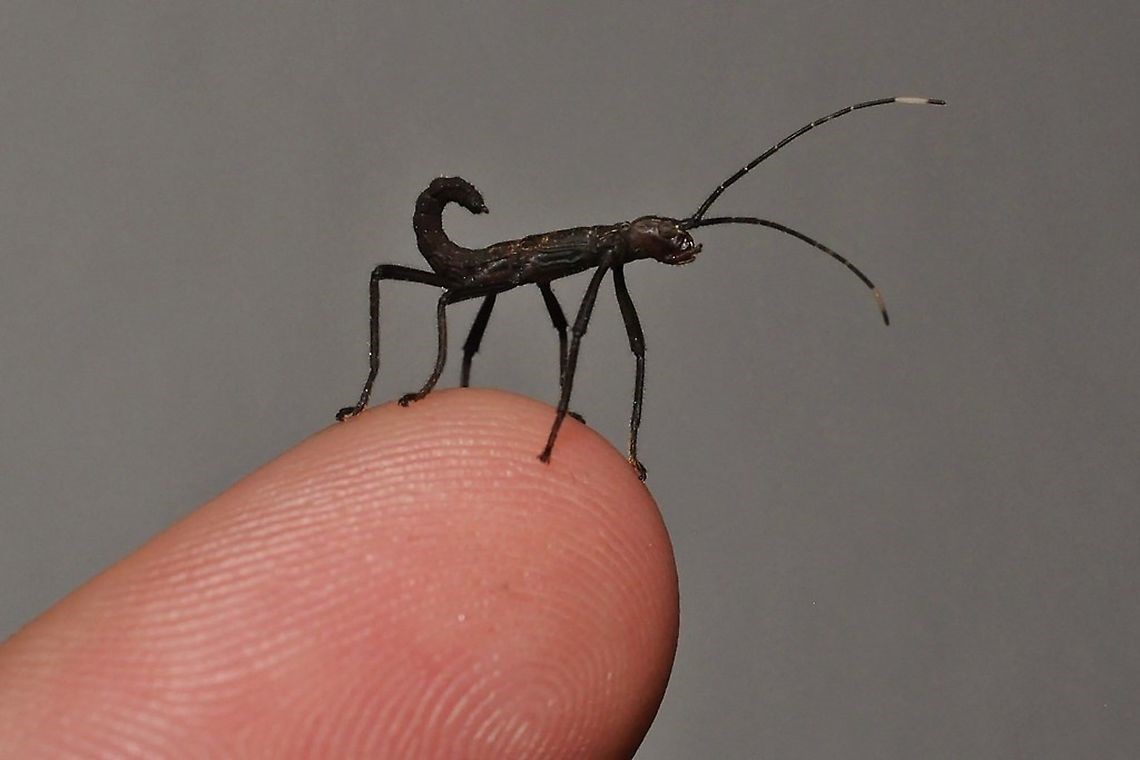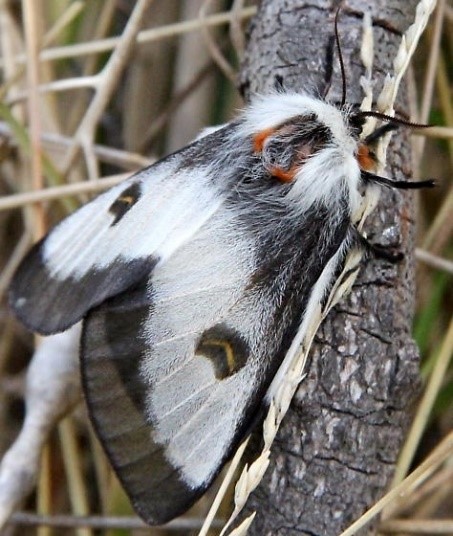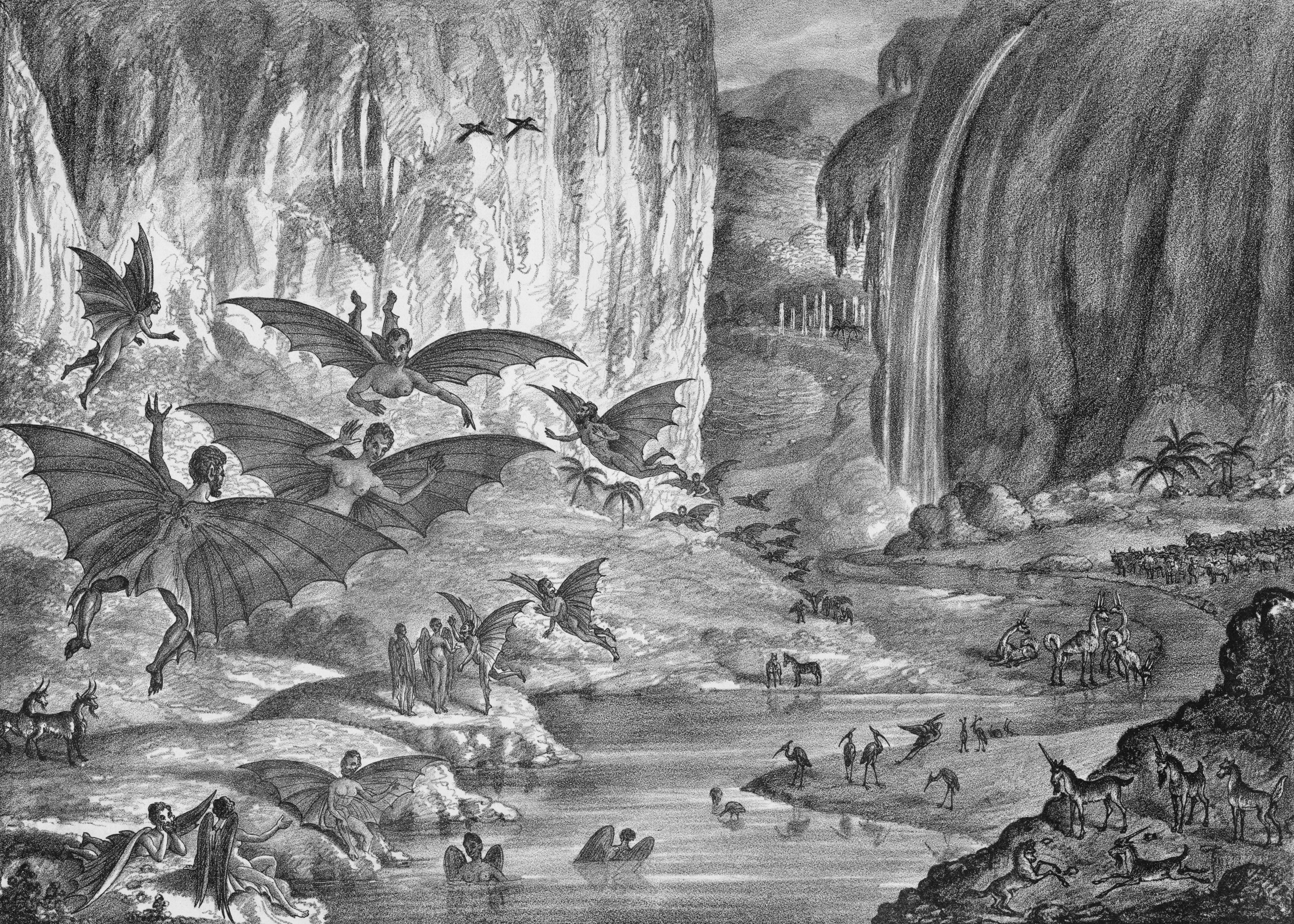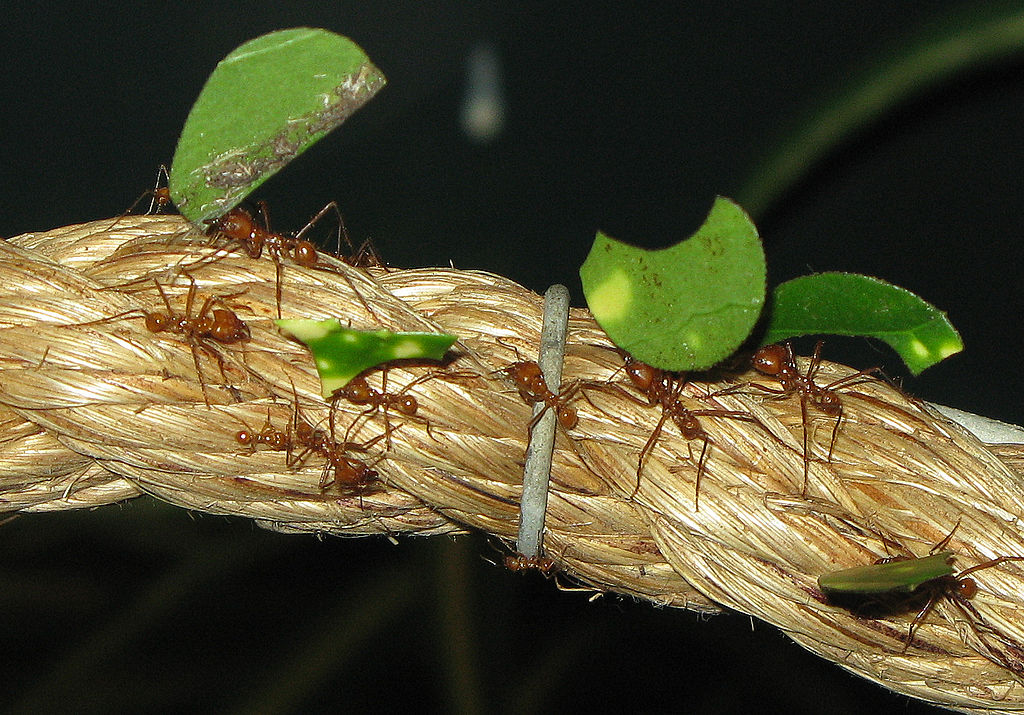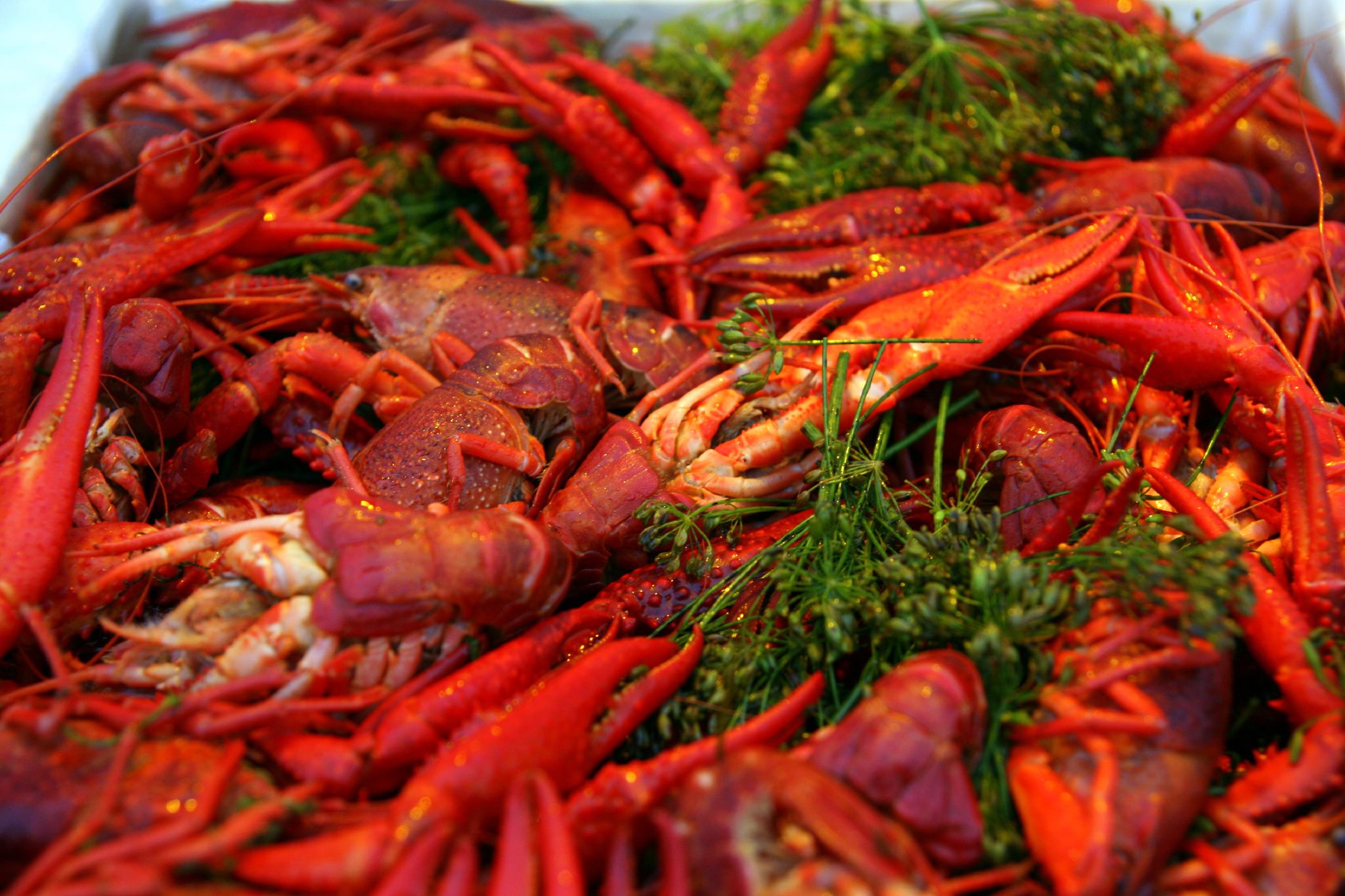Road trips…they’re fun, but rough on your car’s paint job! Why? Bug splatter! We are all familiar with the mess all over the front of our cars from driving, especially long distances. But, what you may not know is all of the science that can be found in all of those little dead bug bodies, and what we can find out from them.
Photo courtesy of Wikimedia Commons. Author: Adbar
Where have you been?
Scientists can find out a lot about your whereabouts based on the bug guts on your car, well, bug fragments I should say. Certain insects and bugs can only be found in certain regions, states, counties, rural, or urban areas. So if you’re driving across the country, you’re vehicle could be an entomologists field day! Forensic entomologists have even been asked to examine insect fragments found on cars to determine the location and areas of travel of a suspect, if in fact that evidence is important to a case. Forensic entomologists are also asked to examine the INSIDE of vehicles to search for and identify insects. The reason being that bee or wasp stings, or even the mere presence of a bee or wasp may be within the top 20 causes of single occupant car accidents, which otherwise lack a definitive cause.
Photo courtesy of Wikimedia Commons. Author: Uberprutser
Were you driving at night or during the day?
During the day, you’re likely to get a healthy mix of insects, mostly small flies, bees, wasps, even butterflies, which can be attracted to the yellow and red reflectors on vehicles. Night time is when the big guys come out and the splats will be bigger and more numerous. Many insects are attracted to your headlights, especially moths.
Photo courtesy of Wikimedia Commons. Author: Bernard DUPONT
What season is it?
If you’re traveling through Texas, or most places in the south during this time of the year, you’re out during the dreaded love bug season! If you value a flawless paint job, you’ll want to wash your car pretty much right after your trip, due to the love bugs acidic body chemistry. Love bugs (Plecia nearctica) are flies that emerge late in the spring to find their soulmates and amorously float around everywhere, especially on the roads. They have two main flights, late spring and late summer/early fall. Depending on conditions in a given year, they can be seen and struck by your car in great numbers, sometimes enough to clog your radiator!
Other troubling seasonal splatter-causing phenomena are butterfly migrations. In late summer/early fall in Texas, the snout butterfly (Libyetheana carinenta) takes flight. Environmental conditions throughout the year, mostly rainfall, determine the abundance of this butterfly. Recently, in 2012 and again in 2016, record numbers of these butterflies were seen and smushed along Texas highways, especially in the Hill Country!
You may also be lucky, or unlucky, enough to fly through a mayfly emergence. These ephemeral flyers (ordinal name, ephemeroptera!) emerge, often all at once, to mate and lay eggs. They live for only a day or two, and in the case of one species, as little as five minutes! An emergence like this, called a “hatch” can be quite a spectacle. It creates an abundance of food for many fish and birds in the area. Unfortunately, it can make a mess of your car and some hatches have even caused traffic accidents.
Bug splatter through the years
You may have noticed, as I have, that aside from major flights, emergences, and migrations, that bug splatter just isn’t what it used to be. I recently drove from Houston to Llano, in the Texas Hill Country. We drove in the afternoon, evening, and after dark. We drove on the highway, and country back roads. There were wildflowers everywhere! When I returned home, I saw frighteningly little bug splatter. Where were all of the bugs?? It doesn’t seem like that long ago that my windshield would be almost completely covered from even a short trip from college at Texas A&M to my parents home in San Antonio. There are differing theories about why. Scientists believe that urbanization, pesticide use, and manicured roadsides all contribute to the lack bugs on the road. Others believe it’s a little more complex. All of these things make an impact, but John Rawlins, head of Invertebrate Zoology at the Carnegie Museum of Natural History believes that vehicle design has a lot to do with it. Boxy cars of yesteryear have become more and more aerodynamic with each decade. Bugs used to hit vehicles head on, now slip into the airstream and fly right over them. He believes that the diversity may be diminished, but the density is the same. We just hit smaller insects. The larger ones are found in more dense areas of habitat, which have moved farther away from the roadsides. Whatever the case may be, bug splats seem to be becoming a thing of the past, which may just be great for the bugs!
Want to know more about bugs and the weird things they do? Come visit our Cockrell Butterfly Center to see our collection of both living and preserved insects!







